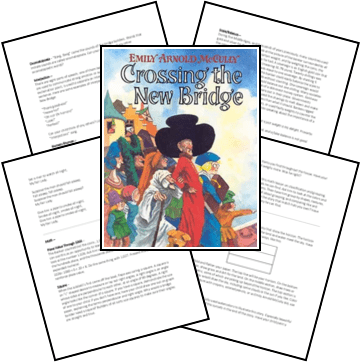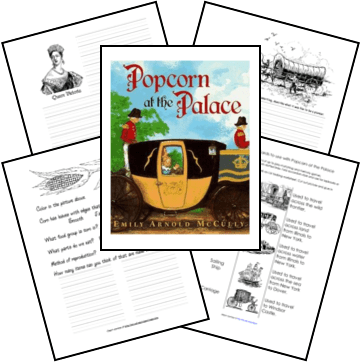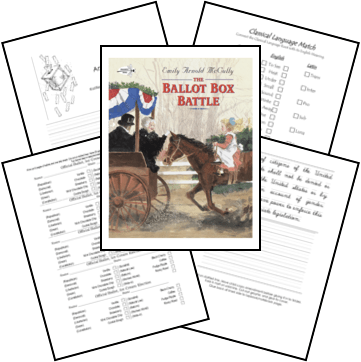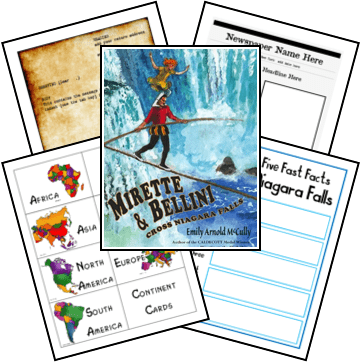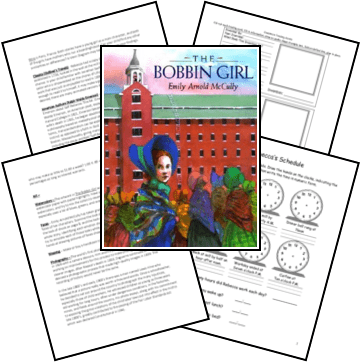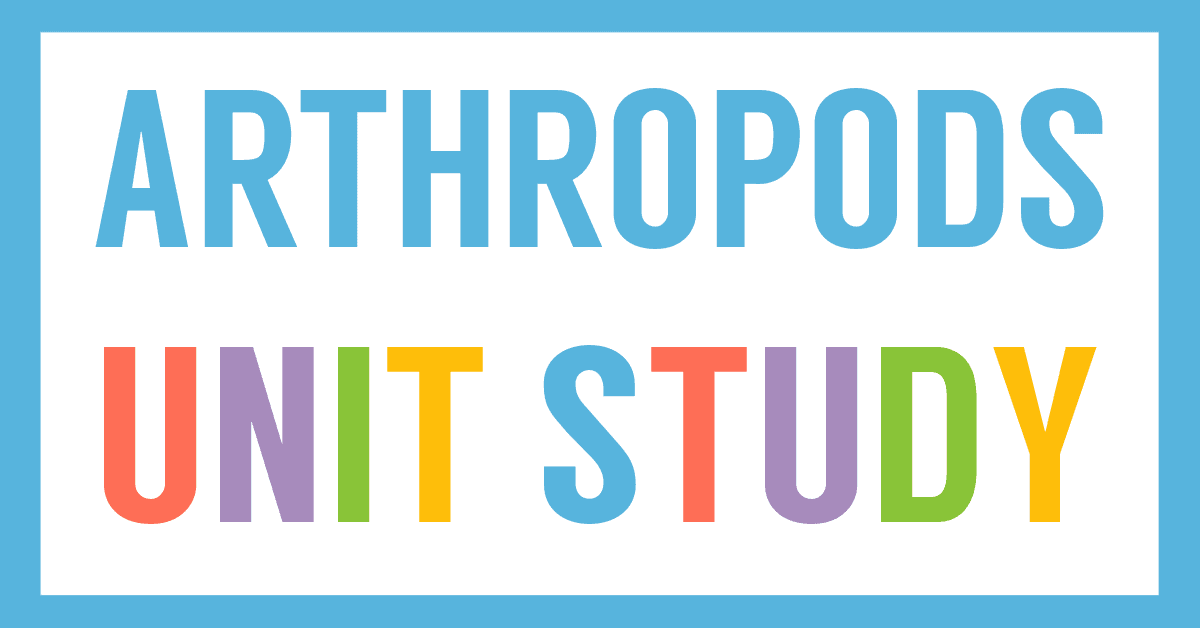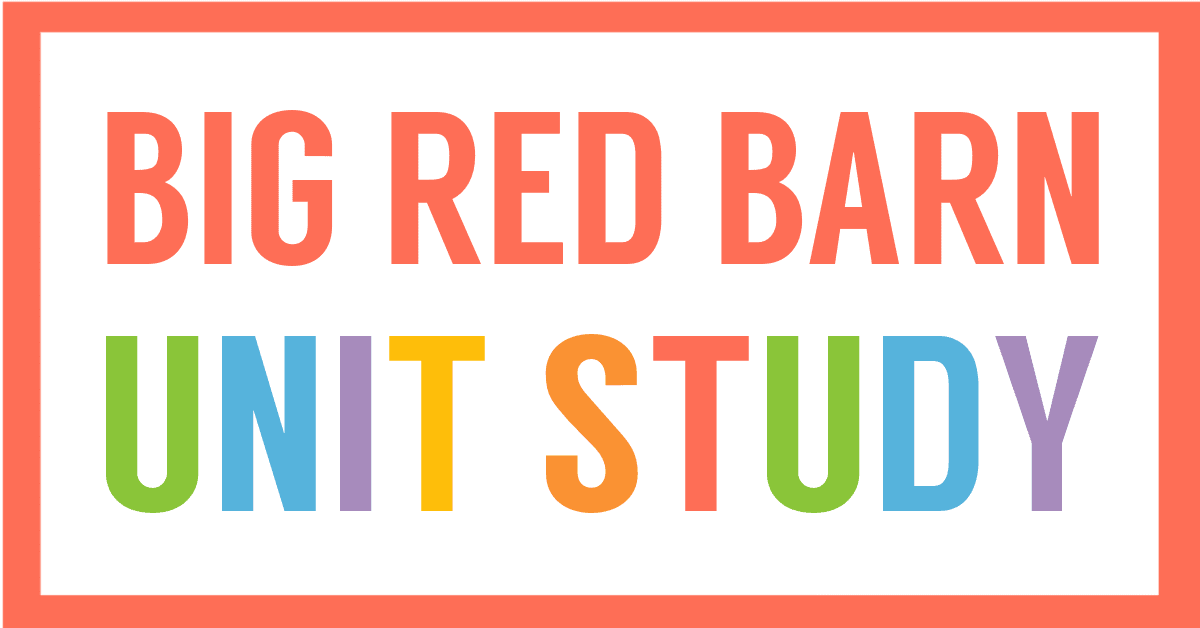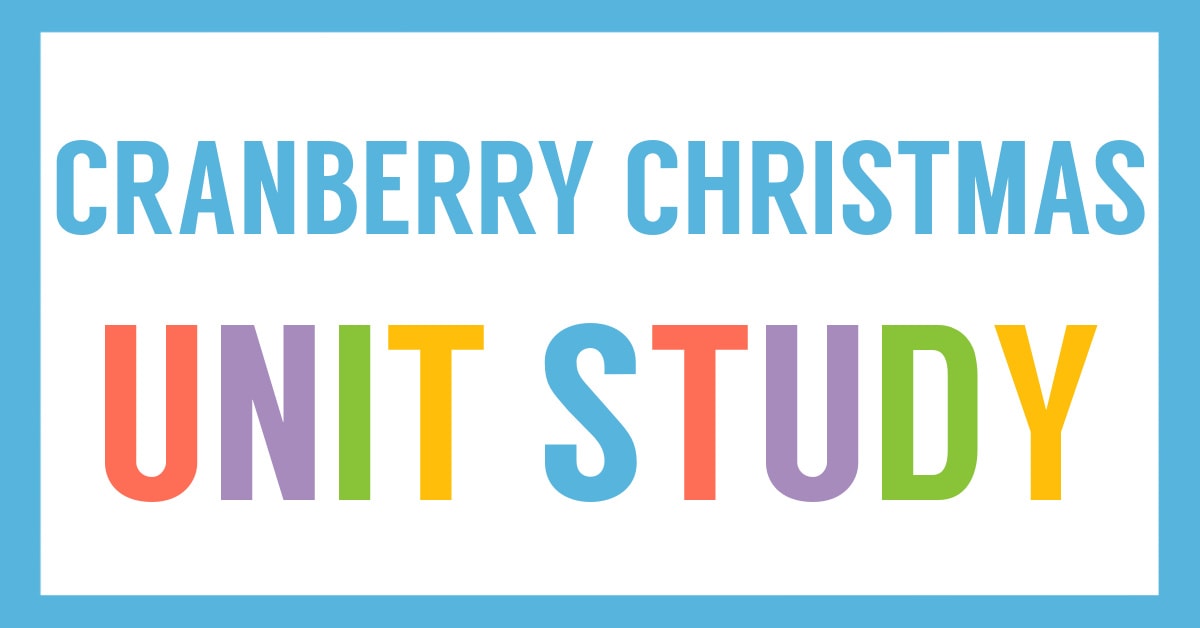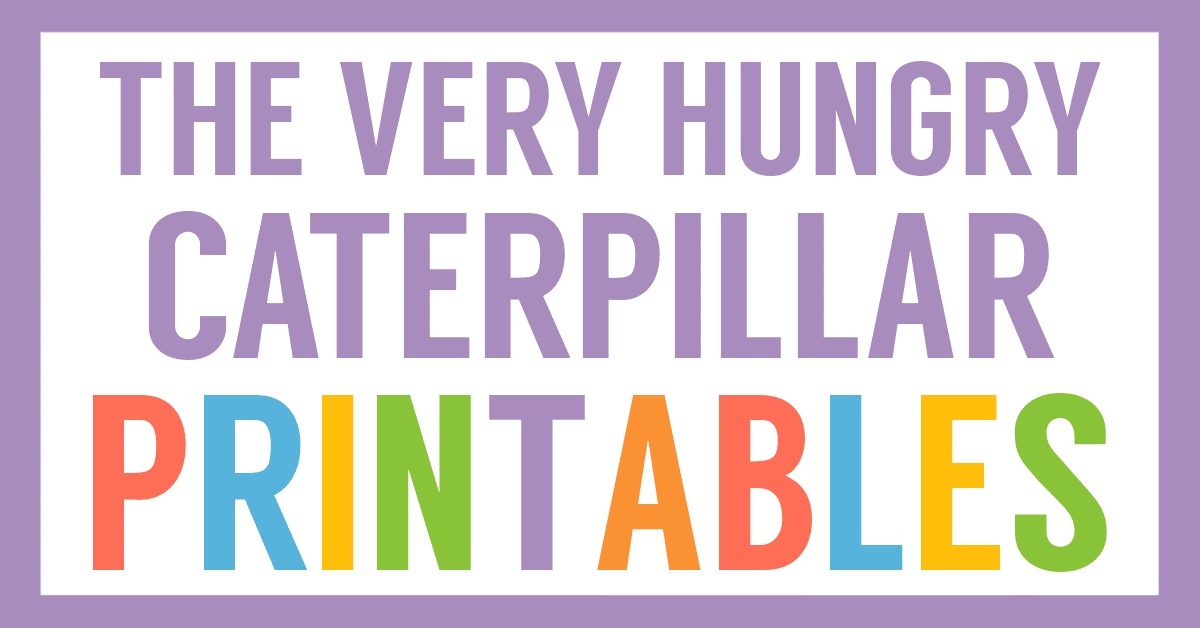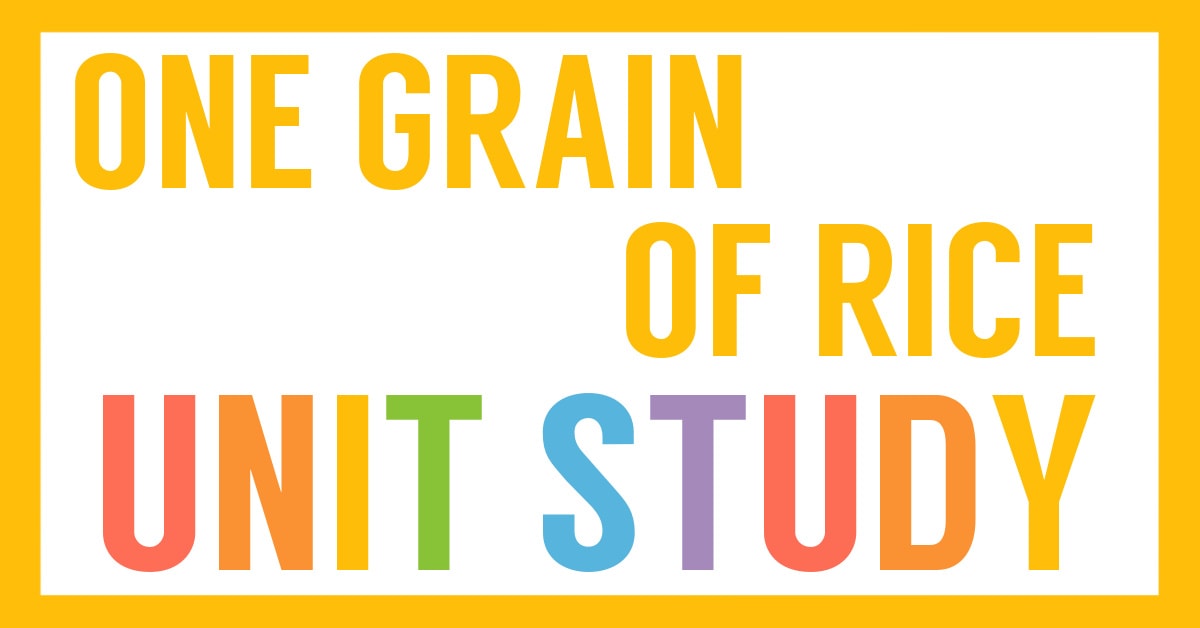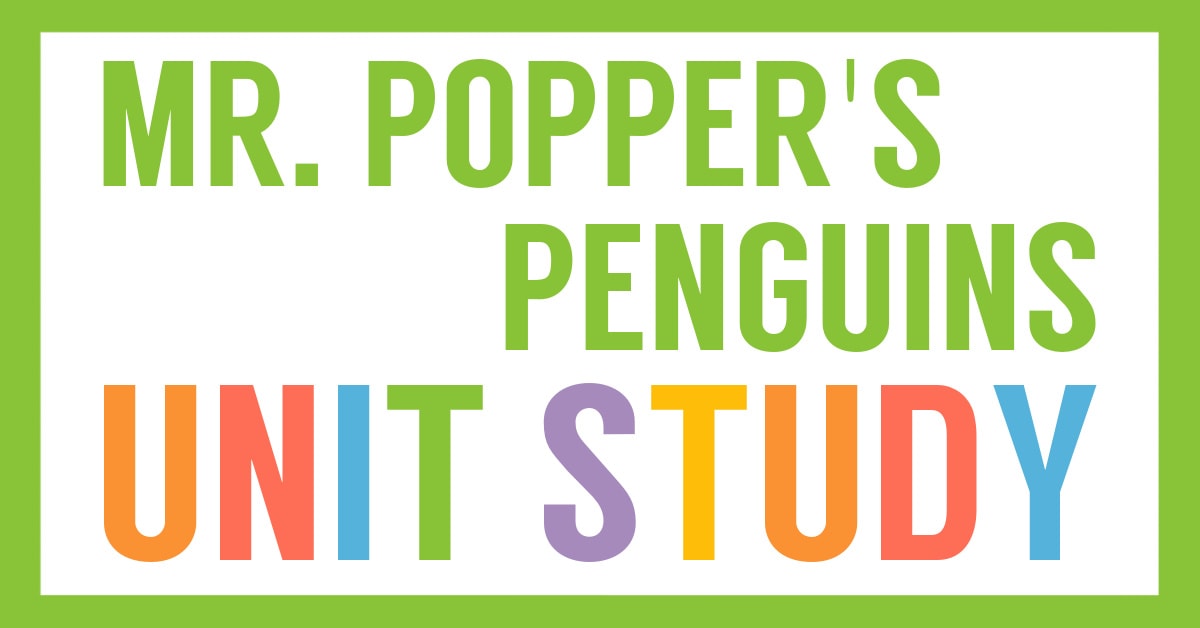Affiliate Disclaimer
We sometimes use affiliate links in our content. This won’t cost you anything, but it helps us to keep the site running. Thanks for your support.
In a little medieval town by the river, the mayor searches desperately for the happiest person in town because unless that individual crosses the new bridge first a curse will fall on everyone.
Read this folktale with your students and use our Crossing the New Bridge unit study to learn all about the Middle Ages, happiness, cause and effect, onomatopoeia, interjections, simple machines, building bridges, and more!
Thanks to Wende for preparing this Crossing the New Bridge unit study.
Crossing the New Bridge Unit Study Lessons
This unit study includes lessons and activities based on the book Crossing the New Bridge by Emily Arnold McCully.
Here is a sample of the lessons found in this Crossing the New Bridge unit study:
History: Middle Ages: Medieval Fashions
This book has wonderful illustrations depicting the kinds of clothes worn in the middle ages. Only the wealthiest people could afford to buy fashionable clothes. Most of the people pictured throughout Crossing the New Bridge are peasants. Peasants wore loose fitting clothes that were easy to work in. They were made of rough linen or wool. The men wore long baggy shirts without pockets or zippers, called tunics. They were often tied around the waist with a piece of rope or leather, and a little pouch was attached to hold coins. On their legs peasants wore tight fitting hose made of cloth. Sometimes they were multicolored, being made of whatever fabric was available. Women all wore dresses, also without pockets.
Fur was often used to line clothes because the houses were cold and drafty, but only nobles could wear fine furs. The peasants used dog, cat, badger, and fox fur. Can your child find anyone in the story wearing fur-lined clothes? Who? Purple dye was expensive and only the wealthy could afford clothes of purple. Who in the story is wearing purple? The banker, most likely the wealthiest man in the village, is wearing purple, as well as the poet. In certain European countries there were laws stating that only nobles were allowed to wear red, so if you saw someone in red, you knew they were in a position of authority. Who wore red in Crossing the New Bridge?
Nearly all people, men women, and children, wore some sort of hat. These came in all sorts of shapes and sizes from a simple headdress to fancy chaperons. See how many different hats your child can find. For many years shoes with long toes were fashionable. There was a law made toward the end of the Middle Ages that said only rich people were allowed to wear long toed shoes. Some shoes were as long as 24”, and the toes needed to be tied up to the legs so nobody would trip on them! Look at the Mayor’s shoes. Ask your child if he would like to wear shoes like that.
History: Homes in Medieval Times
Medieval towns were dirty and crowded. Garbage was thrown into the streets. The houses were small and close together, and most people lived as well as worked from their homes. Most houses had clay tiles covering the roof. Because glass was very expensive, windows were instead covered with criss-crossed wood or bars that let some light in but kept some wind out. Every house had a fire pit or fireplace, which was used for all their cooking as well as heating. Water was drawn from outside well pumps, which were usually shared throughout the village. Wealthy people had walled in gardens, where they would spend a lot of time. Ask your child how living in the Medieval Ages was different than how he lives now.
History: Food in Medieval Times
The main meat of the villagers was pork. Most families kept a pig and the pigs wandered around the town streets. The villagers also kept animals for milk (Can you find the goats in the story?), meat and eggs. Grains, another important staple for the peasants, were grown on lands owned by the lords. The peasants needed to grind the grains into flours, which they did on a large mill. Have your child locate the mill in the story. What is it powered by? Fish and eels were caught in the ponds and rivers. Can you find the basket of fish? Fish, as well as other meat, was salted and dried to store throughout the winter. The peasants would not waste any food; they knew how hard it was to come by. They had big pots of soup hanging over the fire, which they would eat from and add to every day. The pot was only emptied once a year, so they would be eating soup that could have been cooking for one whole year!
You can grab a copy of the entire Crossing the New Bridge unit study in an easy-to-print file at the end of this post.
How to Get Started with the Crossing the New Bridge Unit Study
Follow these simple instructions to get started with the Crossing the New Bridge unit study:
- Buy a copy of the book, Crossing the New Bridge, or grab one from your local library.
- Print the Crossing the New Bridge unit study.
- Choose the lessons you want to use with your student (a highlighter works great for this).
- Enjoy a week of book-based learning with your student.
Download Your Crossing the New Bridge Unit Study
Simply click on the image below to grab the free Crossing the New Bridge unit study.
More Unit Studies Based on Emily Arnold McCully Books
Emily Arnold McCully is amazing at capturing historical snapshots in her picture books. Check out these unit studies:

